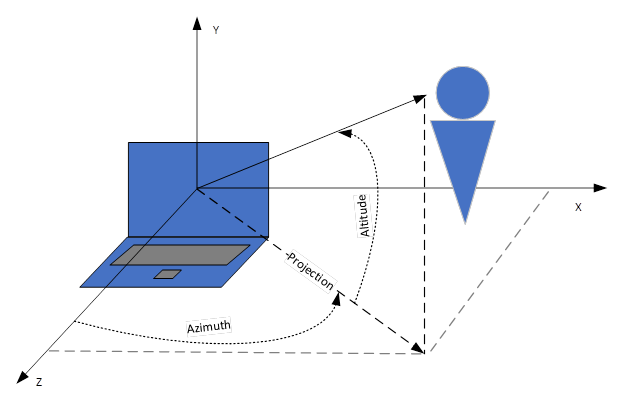HeadPosition Class
Definition
Important
Some information relates to prerelease product that may be substantially modified before it’s released. Microsoft makes no warranties, express or implied, with respect to the information provided here.
public ref class HeadPosition sealed/// [Windows.Foundation.Metadata.ContractVersion(Windows.Foundation.UniversalApiContract, 1245184)]
/// [Windows.Foundation.Metadata.MarshalingBehavior(Windows.Foundation.Metadata.MarshalingType.Agile)]
class HeadPosition final[Windows.Foundation.Metadata.ContractVersion(typeof(Windows.Foundation.UniversalApiContract), 1245184)]
[Windows.Foundation.Metadata.MarshalingBehavior(Windows.Foundation.Metadata.MarshalingType.Agile)]
public sealed class HeadPositionPublic NotInheritable Class HeadPosition- Inheritance
- Attributes
Windows requirements
| Device family |
Windows 11, version 24H2 (introduced in 10.0.26100.0)
|
| API contract |
Windows.Foundation.UniversalApiContract (introduced in v19.0)
|
Remarks
The X-axis is in the plane of the device screen. It is positive towards the right-hand side of the screen, from the perspective of a user facing the device. (For devices without a screen, the axes are defined relative to the front panel of the device.)
The Y-axis is in the plane of the screen. It is positive towards the top of the screen.
The Z-axis is perpendicular to the screen. It is positive towards the user facing the device.
The axes are fixed relative to the device and don't change with device rotation.
The following image shows how azimuth and altitude are described by the human presence APIs.

Properties
| AltitudeInDegrees |
Gets the elevation of the user's head relative to the horizontal plane of the human presence sensor, in degrees. |
| AzimuthInDegrees |
Gets the direction of the user's head relative to the horizontal plane of the human presence sensor, in degrees. |